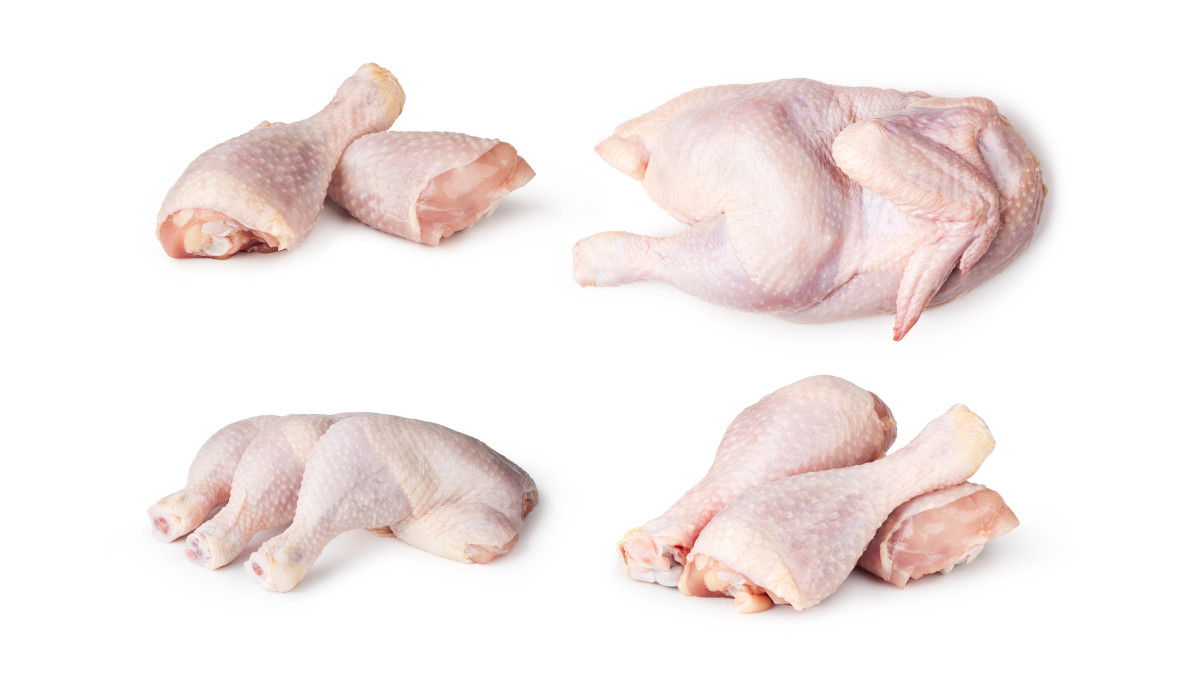
Imported rooster meat merchandise pose the next possibility of Campylobacter an infection in Estonia than home poultry, consistent with a find out about revealed lately.
Researchers discovered that Campylobacter occurrence and counts in contemporary broiler rooster meat was once considerably decrease in samples of Estonian beginning in comparison to the ones from Latvia and Lithuania.
Within the find out about, 429 rooster meat samples of Estonian, Latvian, and Lithuanian beginning had been accumulated from Estonian outlets and analyzed between September 2018 and October 2019.
Campylobacter was once remoted in 141 broiler rooster meat samples. General 3, 49, and 89 of Estonian, Latvian, and Lithuanian beginning samples had been certain.
Hyperlink to human sickness
Amongst certain samples, 62 contained Campylobacter beneath 100 colony forming devices according to gram (CFU/g) and in 28 samples the rely exceeded 1,000 CFU/g. The next occurrence of Campylobacter in contemporary broiler rooster meat of Lithuanian and Latvian beginning in Estonian retail was once noticed, consistent with the find out about revealed within the magazine Poultry Science.
Greater than 1,000 CFU/g had been present in one Latvian and 27 Lithuanian contemporary broiler rooster meat samples. The best possible rely of one,500 CFU/g within the Latvian pattern was once detected in February 2019.
Amongst certain samples from Lithuania, top counts starting from 1,000 to five,000 CFU/g befell all through the yr from October 2018 to August 2019.
In Estonia, 348 showed circumstances of campylobacteriosis had been registered in 2019. This stage is not up to the typical within the Eu Union.
Campylobacter isolates associated with human infections in Estonia had been additionally received.
Campylobacter jejuni genotypes present in each broiler rooster meat and human samples signifies that imported contemporary rooster meat is most likely the reason for campylobacteriosis in Estonia. Most effective isolates from Lithuanian rooster meat merchandise overlapped with the ones from human sufferers in Estonia, mentioned researchers.
Estonian way
A comparability with earlier research published a lower of Campylobacter occurrence in contemporary rooster meat samples of Estonian beginning from 15.8 in 2000 to 2002 to one.8 on this find out about. Since 2012, the superiority of Latvian and Lithuanian Campylobacter in rooster meat has higher, from 25.8 to 36.8 % and from 10.6 to 66.9 %, respectively, however the selection of samples taken various.
Researchers mentioned a imaginable reason for the Estonian effects is that strict biosecurity and strength of will measures at farm, slaughterhouse and meat trade ranges are implemented, plus possibility review based totally keep an eye on measures are carried out in any respect phases of manufacturing.
The 3 certain samples amongst Estonian merchandise had been present in July. In Estonia, the one broiler rooster slaughterhouse and all comparable farms belong to 1 world meat corporate, which isn’t the case in Latvia and Lithuania.
Scientists mentioned additional analysis is had to find out about different imaginable assets of Campylobacter infections in Estonia.
(To join a unfastened subscription to Meals Protection Information, click on right here.)
